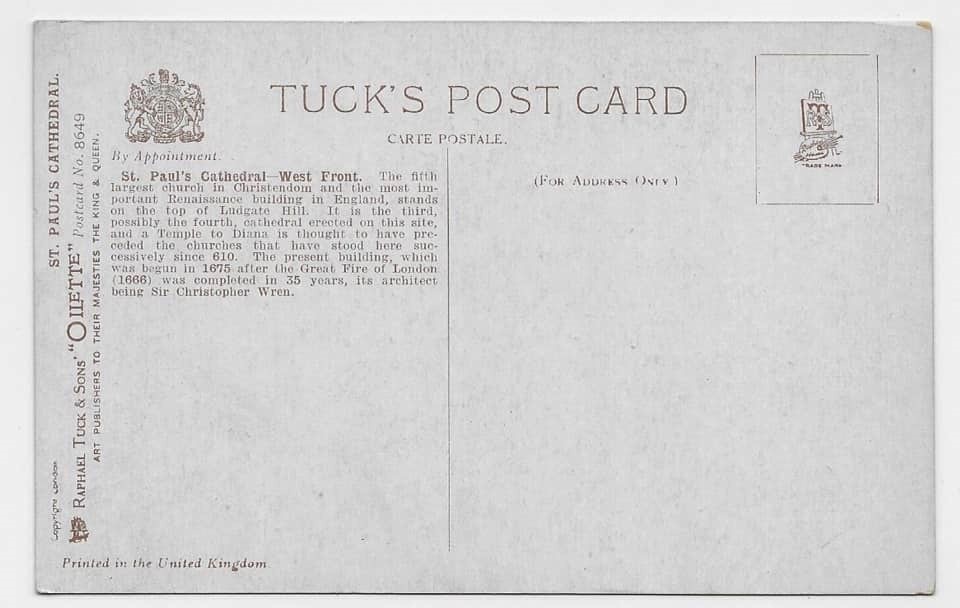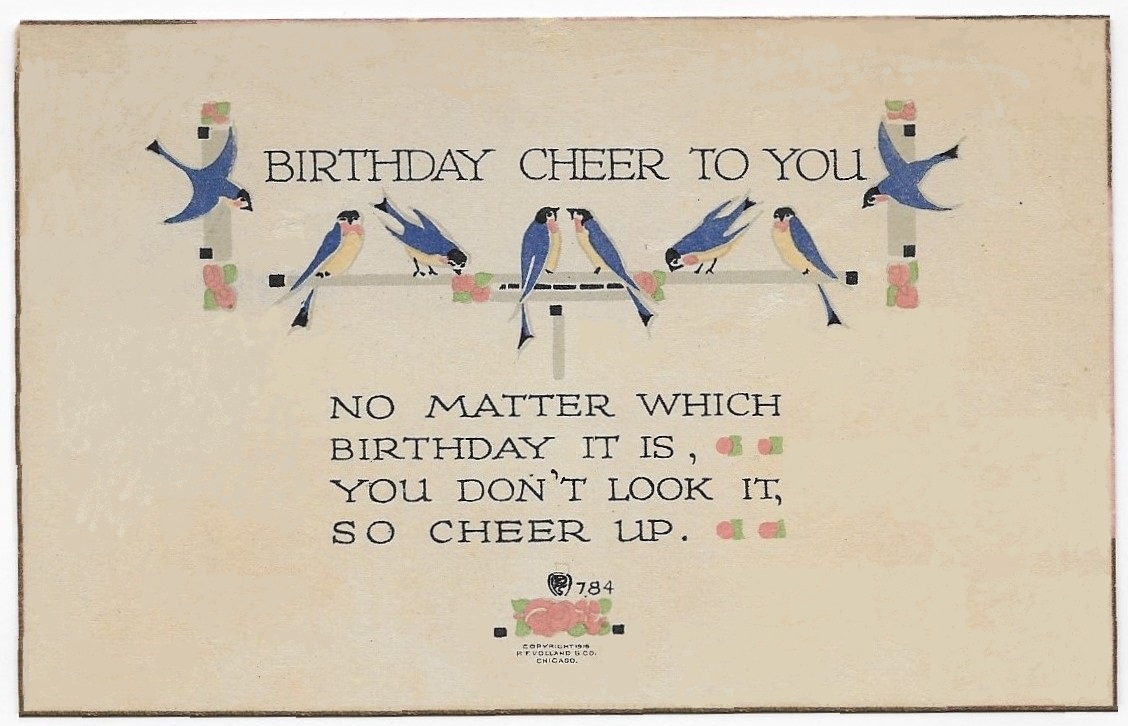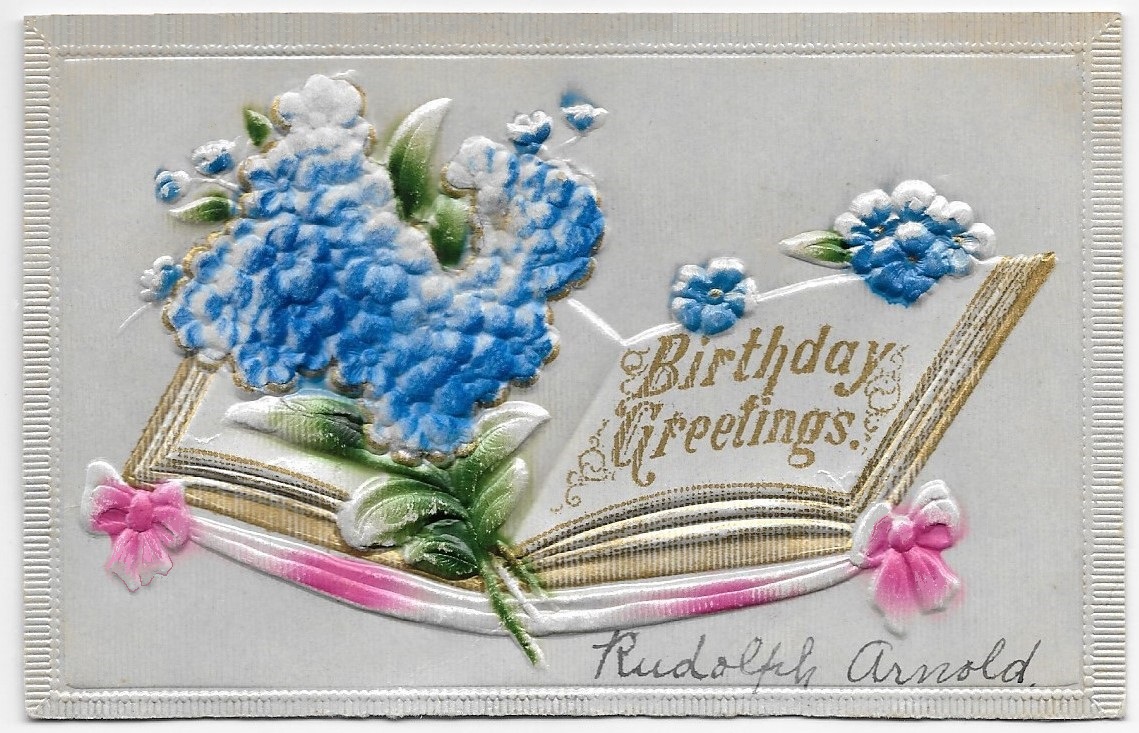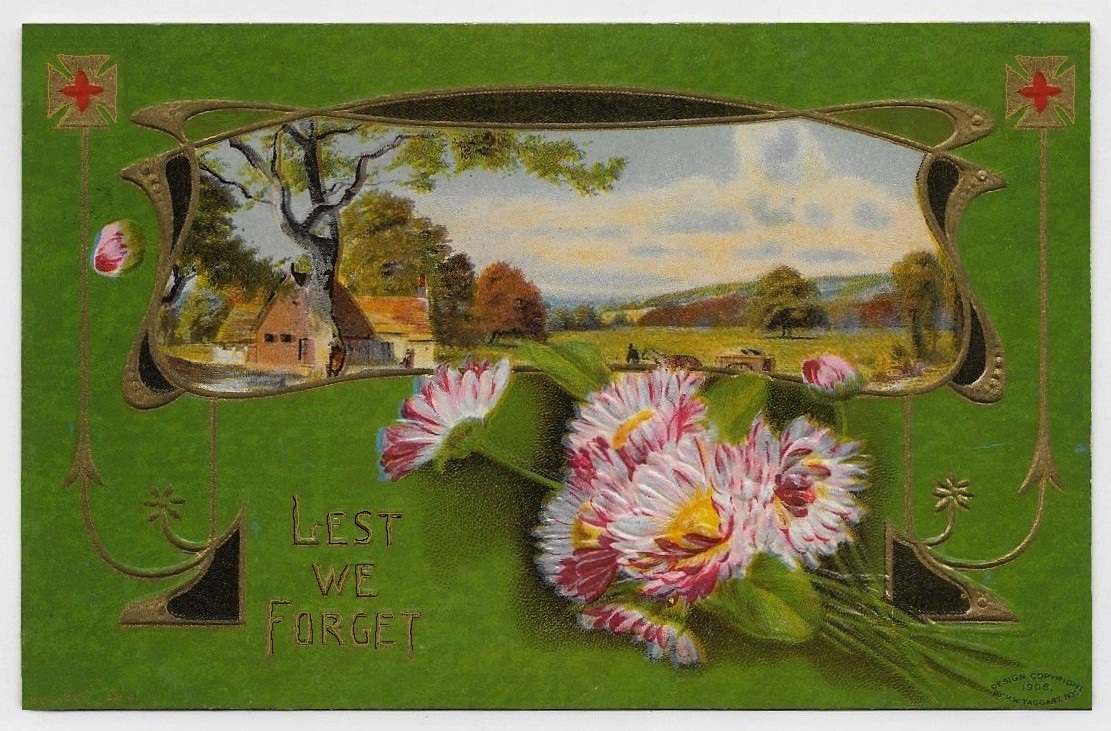The only good thing that emerged from the Great Fire of London (September of 1666) was the improvement of streets and the erection of magnificent structures that replaced the late Medieval squalor of the city.
Sir Christopher Wren, one of the greatest architects in English history, was the head of a commission to design the replacements for 52 city churches that had been destroyed.
His creative and innovative mind (Wren was also a mathematician, astronomer, and anatomist) led to the marvelous variety of styles and designs of churches that still astonish visitors to London.
Wren’s masterpiece was the “new” Cathedral of St. Paul on Ludgate Hill.
Many Americans who have not visited London have a vivid memory of scenes from St. Paul’s from watching royal weddings or other state celebrations at the cathedral.
This painting, rendered (somewhat redundantly) in the “oilette” printing style, was printed on postcards in the early 20th century.
The postcard artist is Charles E. Flower.
The postcard shows the front of St. Paul’s, the west end of the Church.
The firm of Raphael Tuck & Sons published the postcard, which was printed in the United Kingdom.
(The altar is traditionally at the east end of the sanctuary; the entrance from the west.)
Christopher Wren died in 1723, thirteen years after the completion of St. Paul’s.
His body is entombed within the Cathedral.
In the crypt, a simple plaque (in Latin) concludes, “Reader, if you seek his monument -look around you.
(The first time I visited St. Paul’s, I did not visit the crypt. I ventured there on a later trip, in the 1990’s.)
Despite being a sickly child, Wren was 91 years old when he died.





